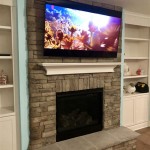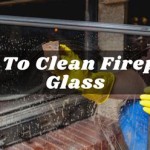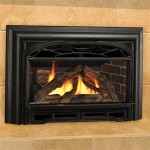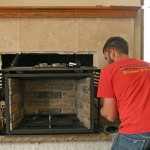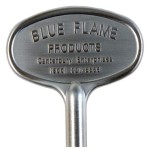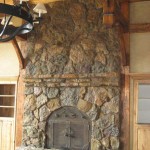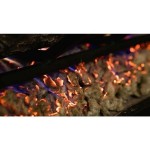No-Vent Fireplaces: A Comprehensive Guide
No-vent fireplaces, also known as ventless fireplaces, are a popular choice for homeowners seeking the ambiance of a traditional fireplace without the need for an elaborate chimney system. These units operate by burning fuel, such as natural gas or propane, and releasing the byproducts of combustion directly into the room. While they offer convenience and aesthetic appeal, it's crucial to understand the complexities of no-vent fireplaces before making an informed decision.
Key Considerations for No-Vent Fireplaces
Before installing a no-vent fireplace, several factors need careful consideration. Their unique design introduces specific concerns related to safety, efficiency, and environmental impact.
Safety Concerns
Perhaps the most critical concern with no-vent fireplaces is safety. Unlike vented fireplaces that release combustion byproducts outdoors, no-vent units release them into the living space. This means proper ventilation is crucial to prevent the buildup of potentially hazardous gases.
Carbon monoxide (CO), a colorless and odorless gas, is one of the significant risks associated with no-vent fireplaces. Even small amounts of CO can be deadly. Without adequate ventilation, CO can accumulate in the room, leading to carbon monoxide poisoning.
Additionally, the heat generated by a no-vent fireplace can pose a risk of fire hazards. It's essential to ensure the fireplace is installed in a location where it won't come into contact with flammable materials and that there's sufficient clearance around the unit.
Efficiency and Environmental Impact
No-vent fireplaces, while offering a convenient way to enjoy a fire, are generally less efficient than vented fireplaces. The lack of a chimney means that less heat is released into the room, potentially reducing the overall efficiency.
Furthermore, the combustion process in no-vent fireplaces releases pollutants into the air, contributing to indoor air pollution. These pollutants can include carbon monoxide, nitrogen dioxide, and particulate matter. While these pollutants are often present at low levels, they can contribute to respiratory problems, especially for individuals with pre-existing conditions.
Proper Installation and Maintenance
To mitigate safety risks and maximize efficiency, it's essential to ensure proper installation and ongoing maintenance of no-vent fireplaces.
Installation should be carried out by qualified professionals who are familiar with local building codes and safety standards. These professionals can ensure the fireplace is installed correctly, with adequate ventilation and clearance from flammable materials.
Regular maintenance is also crucial. This includes cleaning the burner, log set, and glass panel to ensure optimal performance and prevent the buildup of harmful substances. Additionally, the fireplace should be inspected annually by a qualified technician to identify and address any potential safety issues.
Conclusion
No-vent fireplaces offer numerous benefits, including convenience, aesthetics, and cost-effectiveness. However, their unique design presents specific safety, efficiency, and environmental considerations. By understanding these factors and prioritizing proper installation, maintenance, and responsible use, it's possible to enjoy the warmth and ambiance of a no-vent fireplace while minimizing potential risks.
:max_bytes(150000):strip_icc()/ventless-gas-fireplaces-4160746-hero-f9d4bdcd9bd446eb84406de306f790ba.jpg?strip=all)
How To Pick Out A Ventless Gas Fireplace

What Is A Ventless Gas Fireplace Experts In Gaithersbutg Md

What Is A Vent Free Fireplace

Ventless Gas Fireplace Propane

Blog Your Fireplace Questions Answered Regency

Ventless Gas Fireplace Vent Free Modern

5 Types Of Fireplaces For Apartments Homes Without Chimneys Modern Blaze

Considering A Ventless Gas Fireplace Here S What You Need To Know Bob Vila

Can I Run My Fireplace Without The Fan Kozy Heat Fireplaces

Vent Free Gas Fireplaces Inserts Stoves Napolis Godby Hearth And Home
Related Posts

